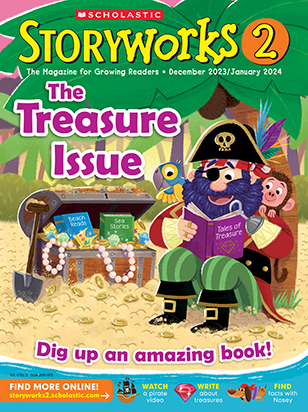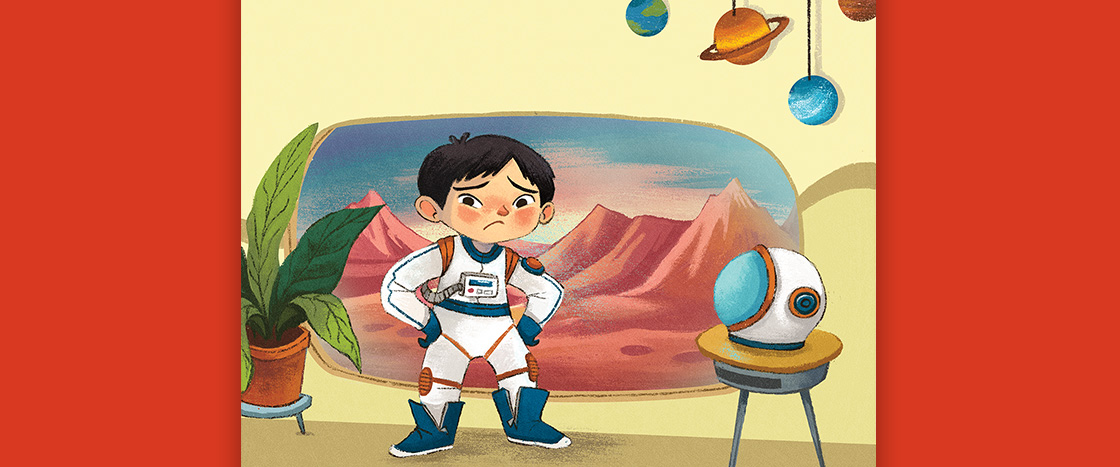Zoog slides down the mountain and stops beside me. “What’s wrong?” she says.
“You keep calling me dusty! I know I can’t do anything on Mars. I can’t dust board. I can’t make friends. I know I’m dusty. But you don’t have to rub it in!”
“Wait, Cal, no! Dusty isn’t a bad thing. Dusty means . . . how would you say it on Earth? Amazing! Cool! Awesome!”
“Oh,” I sniff.
“Also, you can dust board. I just saw you do it. And you can make friends, because I want to be your friend. I know it’s really, really hard to move planets. But just because things are hard doesn’t mean you can’t do them. We don’t say ‘can’t’ on Mars.”
“My mom said that to me this morning. Why does everyone keep saying that?” I say.
“It’s an expression on Mars. It’s a thing people say. Think about it. They used to say, ‘People can’t live on Mars.’ But here we are. It’s hard, but we’re doing it. So why would we say ‘can’t’ about other things?”
“Oh, wow. I kinda get it now,” I say. Zoog reaches out her hand and pulls me up from the dust. We climb back up the mountain together.
I look at the sky. Far away, I see Earth. I think about how far people have come. I think about how far I have come, just today.
Zoog is right. Just because things are hard doesn’t mean I can’t do them. I’m ready to try going down the mountain again.
“How are you feeling?” Zoog says.
“I think I feel . . . dusty!” I say. Zoog smiles.
“Let’s dust board!” she yells. I strap on my dust board and we glide down the mountain.
“Dusty!” we yell together as we go over the jump.

